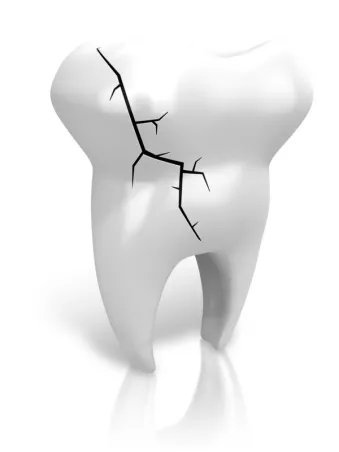
12 Ways Hygienists Can Improve Health & Reduce Chronic Pain
It’s easier to try to prevent our bodies from experiencing chronic pain than it is to try and heal them from it. The action items below describe preventative measures that any dental hygienist can take to alleviate and ideally prevent pain. Although preventing chronic pain is a topic of vital importance for dental hygienists, it seems that often times, items such as the ones on this list seem to get pushed down near the bottom of our to-do lists – getting lost in the shuffle of our day-to-day responsibilities. Let’s change that up this October as we celebrate National Dental Hygiene month and recognize all that hygienists do for their patients. Taking preventative action by following some of these suggestions and utilizing the proper tools can help to promote career longevity, keep your passion for your profession alive and enhance your general well-being both in and outside of the office.
1. Practice what we preach: Prevention!
Take time throughout your workday to breathe and stretch.
2. Be mindful of PPE’s impact on your body.
Consider chewing xylitol gum, candies or use moisturizing sprays throughout the day to avoid dry mouth. If you use an external suction for aerosols, take care to sit ergonomically so you don’t cause harm to yourself while navigating around the wide hose.
3. Keep everything within arm’s reach (less than 15 inches away).
Before you sit down with your patient check that your bracket table with instruments, keyboard, power scaler, light curing wand, air-water syringe and suction are within reaching distance. If you’re using an overhead light, consider switching to a loupe-mounted corded or cordless option so the light will follow your gaze. This eliminates the need to continually stretch your arm up to adjust the light as your patient moves in response to direction. Request that the patient move their head in the direction you need them to so you can see into the mouth. Don’t be afraid to have them turn to the right, left, or bring their head up or down. If you don’t, you will compromise your body position all day long and then wonder why you hurt when you go home at night.
4. Wear loupes – ones that fit properly!
Custom-fit loupes are the best purchase you can make for practicing ergonomically. If they are made properly, they will bring everything closer and appear clearer without causing the need to bend and twist. They practically force you to sit properly. I’d recommend against purchasing loupes on eBay or from a friend. Find a local representative from a reputable company to come and measure you. Crucial elements that should be considered at that consultation to ensure loupes will work properly for you are a frame that fits your face well, the right level of magnification for you, declination angle, field width, field depth and working distance.
5. Start from a solid foundation – your seat.
Adjust your stool so you can work comfortably. Consider a saddle style stool where your hips are higher than your knees or ensure your body fits the seat pan on a traditional stool and everything is at a 90-degree angle. Before investing in a new stool – determine if it’s simply the height that’s an issue – you may be able to replace the cylinder with a longer or shorter option.
6. Position your patient properly.
Do not compromise yourself all day trying to make your patients more comfortable. You make yourself susceptible to injury by doing so. Figure out the best way to proceed comfortably for both of you – you’ve got options! Standing can be a nice change of pace.
Feel free to explain to your patient ‘I am going to have you lay down and get both of us comfortable.’ Utilize the chair’s head rest to help access different areas of the mouth and consider a neck pillow to help with access.
7. Choose your instruments wisely.
Don’t assume that the instruments you received in school are the best options for you. School taught you the basic fundamentals – now you’re free to test out some of the newer more ergonomic options. Consider the handle diameter and look at the length of the terminal shank. If it’s too short you will not be able to access harder to reach areas in the posterior.
8. Consider a cordless handpiece.
There are at least six companies now that make a cordless prophy angle for you to consider. Some have an actual rheostat and others turn on and off on the actual unit.
9. Be sure your gloves fit properly.
Due to the pandemic gloves are costly and many offices are being forced to purchase inferior options. However, if your gloves don’t fit properly, you can end up with carpel tunnel issues and other musculoskeletal problems. A proper fit is neither too tight nor too loose. Consider Right/Left gloves instead of ambidextrous ones if you are experiencing issues.
10.Protect your ears.
There are a number of ear plug options (greatly ranging in price) to protect you from some of the excessive noises in the office. Consult an audiologist if concerned.
11. Wear compression socks to help avoid varicose veins.
12. Combat current pain!
If you are experiencing pain, seek treatment from someone you trust whether that be a physician, physiatrist, physical therapist, or a chiropractor. Even a massage therapist can be of help. Whatever you do – don’t ignore the pain.



